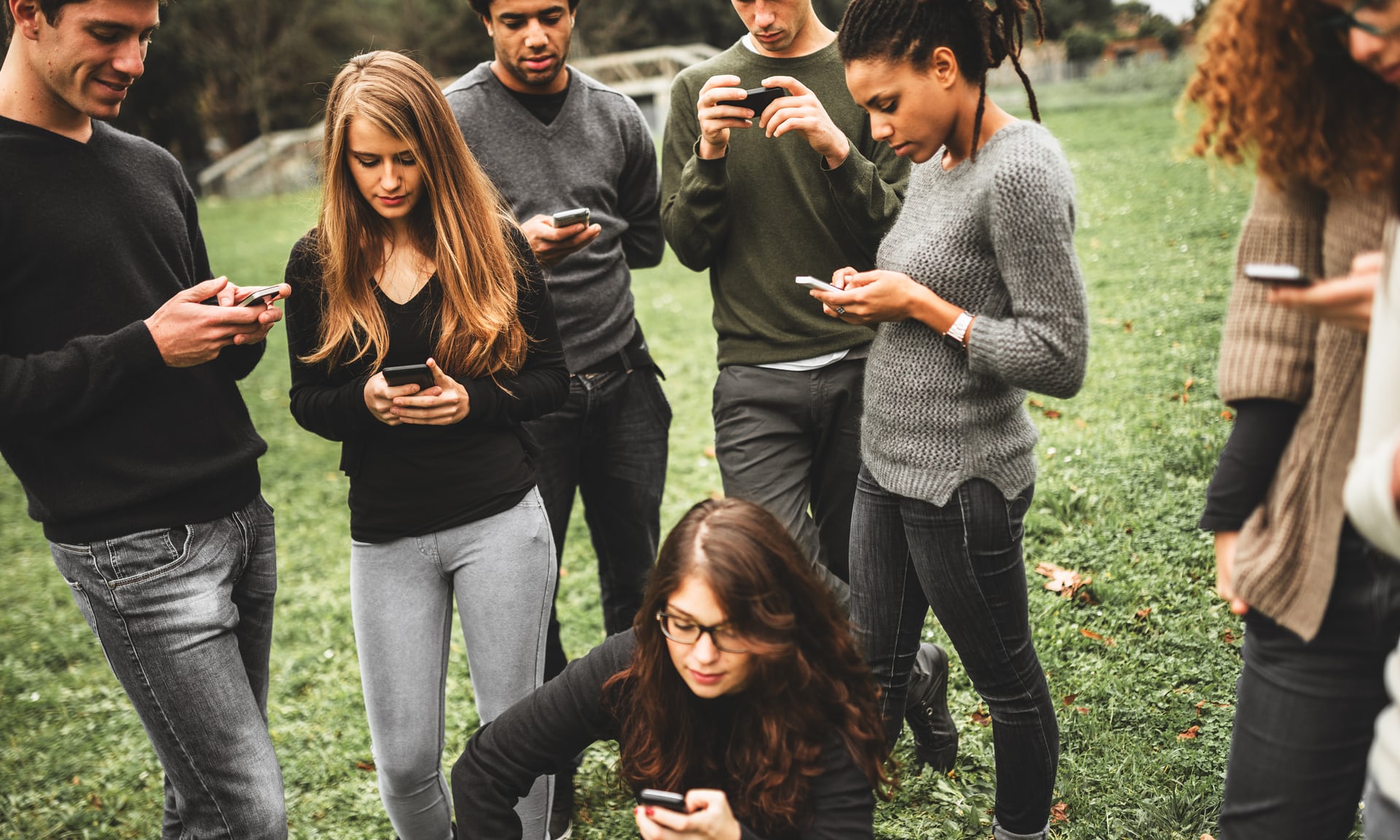Facebook gave firms broad access to data on users, friends
Facebook reportedly formed data-sharing partnerships with dozens of device makers, including Apple and Samsung, giving them access to information on users, as well as on users’ friends.
The New York Times revealed the extent of the partnerships on Sunday, shedding new light on the social media giant’s behavior related to customer data following a scandal involving the political consulting firm Cambridge Analytica.
The Times found that the company made at least 60 such deals over the past decade, many of which are still in effect, allowing the other companies access to personal data of Facebook users and their friends.
The partnerships may have also violated a 2011 Federal Trade Commission (FTC) consent decree, according to the Times, which Facebook officials denied.
The report comes as Facebook is under scrutiny for its handling of private data after it was revealed that Cambridge Analytica accessed millions of users’ private information.
The partnerships allowed companies like Apple, Blackberry and Amazon to offer users Facebook features, like the ability to post photos, directly from a device without using the Facebook app.
The Times found that the partnerships allowed outside companies to access personal user data like relationship status, religious and political affiliations, work history and birthdays, as well as the information of users’ Facebook friends, even if the friends had blocked Facebook from sharing their information with third parties.
Facebook officials told the Times in interviews that the data-sharing partnerships were different from app developers’ access to Facebook users, and that the device makers are considered “extensions” of the social network.
But security experts and former Facebook engineers expressed concerns that the partnerships offered companies practically unfettered access to hundreds of thousands of Facebook users without their knowledge.
“It’s like having door locks installed, only to find out that the locksmith also gave keys to all of his friends so they can come in and rifle through your stuff without having to ask you for permission,” said Ashkan Soltani, a former FTC chief technologist, according to the Times.
Facebook began ending the partnerships in recent months, but the Times reported that many are still in effect.




